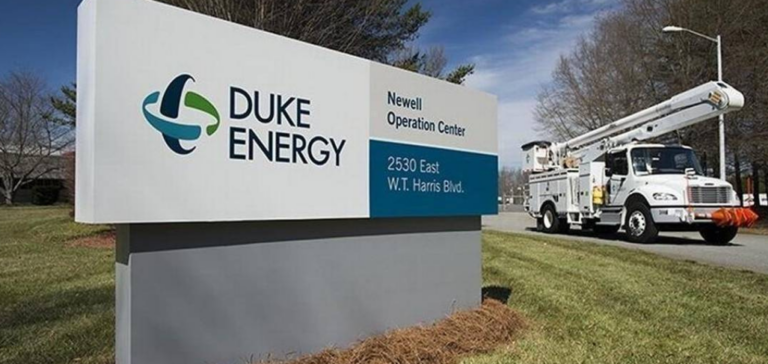The energy transition takes a major turn with the announcement of the collaboration between Duke Energy and GE Vernova. Their innovative project, scheduled to be operational in 2024, aims to establish a completegreen hydrogen system within the DeBary power plant, located not far from Orlando, Florida.
GE Vernova’s Key Role in the Integration of Green Hydrogen
This innovative system, a world first, will use green hydrogen to generate electricity during periods of high demand. Hydrogen will be produced, stored and used on the plant site. The initiative marks a significant step forward in the use of hydrogen as a clean alternative to fossil fuels.
Production and Use of Green Hydrogen for Peak Load Energy
GE Vernova will play a crucial role in integrating the gas turbine with green hydrogen. The project will involve upgrading one of the four GE 7E gas turbines already installed on site, enabling the use of hydrogen mixtures at significant volumes. This first commercial operation represents a major breakthrough in the energy sector.
Perspectives and Implications of the Energy Transition with Hydrogen
Regis Repko, Senior Vice President of Generation and Transmission Strategy at Duke Energy, underlines the importance of this project. He believes that the combination of these technologies will decarbonize gas turbines, transforming them into dispatchable assets that support the addition of more renewables to the power grid.
Technical specifications and capacities of the DeBary power plant
To support this project, GE is working with Duke Energy to assess the plant’s hydrogen readiness in 2021. Once the electrolysis equipment and hydrogen storage capacity have been installed on site, GE Vernova will make the necessary modifications to the existing gas turbine infrastructure. These modifications include the installation of fuel handling systems, valves and piping adapted to higher hydrogen mixtures and up to 100% hydrogen (by volume).
Impact and Future of Hydrogen in the Energy Sector
When fully operational, the 83-megawatt (MW) 7E gas turbine will have the capacity to run on natural gas, liquid fuel, 100% hydrogen, or a mixture of natural gas and hydrogen. This complete flexibility in terms of fuel and operation will maintain the plant’s reliability.
The DeBary plant, located north of Orlando, comprises a 74.5MW solar power plant covering an area equivalent to almost 200 soccer fields, and a 692MW gas-fired power plant for reliable power reserve. The plant is powered by six GE 7B and four GE 7E gas turbines.
This partnership between Duke Energy and GE Vernova represents a significant breakthrough in clean energy production. DeBary’s project promises not only to decarbonize gas turbines, but also to provide a reliable and sustainable solution to the growing need for electricity.






















